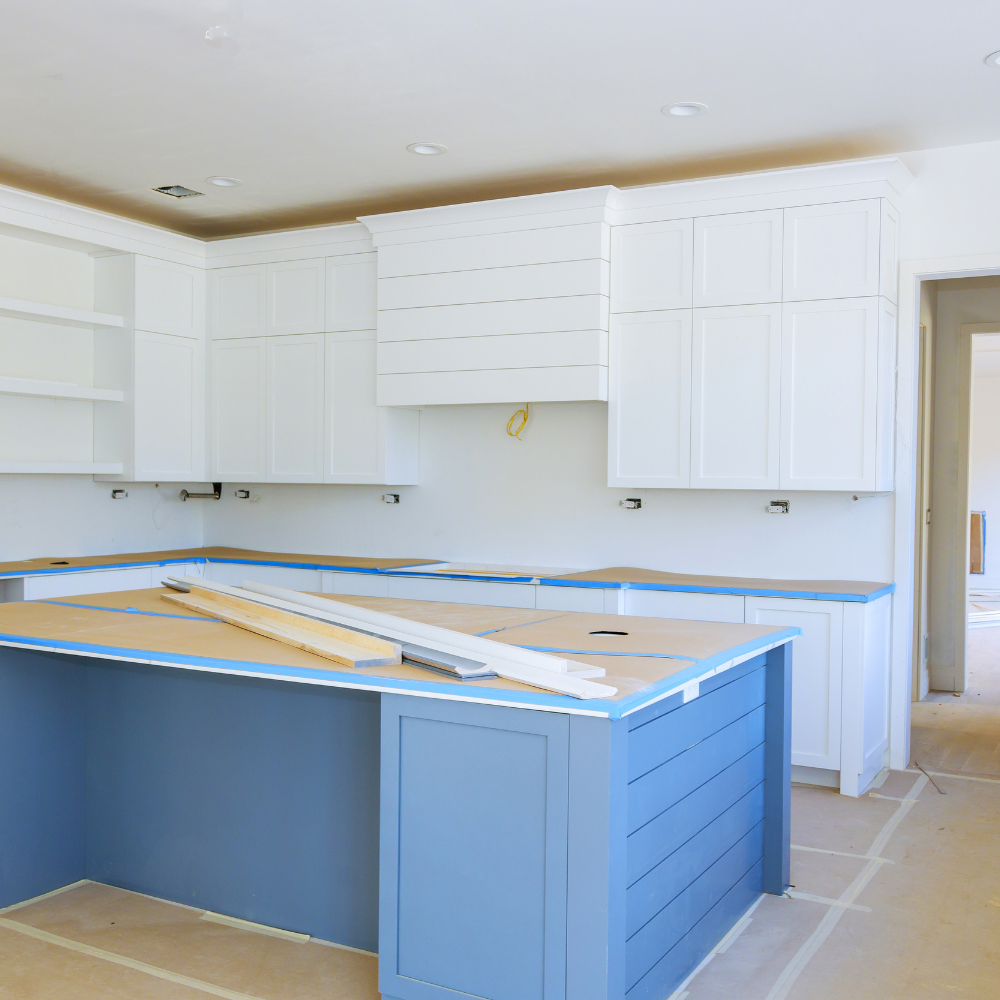The kitchen remodeling, often considered the heart of the home, is a space where aesthetics and functionality must harmoniously coexist.
As it serves as a place for both culinary creation and social interaction, modernizing this area through thoughtful renovation can significantly enhance not only its look but also its practicality.
A well-designed kitchen that caters to contemporary tastes while maintaining its essential purpose can offer immense satisfaction to homeowners, contributing to their sense of belonging within their living space.
Incorporating up-to-date kitchen renovation concepts into one’s home goes beyond mere visual appeal; it involves a careful blending of design principles with technological advancements geared towards efficiency and convenience.
The following discourse aims to delineate ten key principles that underpin an effective modern kitchen makeover.
These insights are drawn from industry trends, expert advice, and empirical studies on residential interior design – all intended to equip homeowners with practical knowledge for transforming their kitchens into truly modern culinary spaces.
## The Art and Science of Updating Your Culinary Space
The meticulous process of modernizing a culinary space artfully intertwines innovative techniques with aesthetic considerations, resulting in an updated kitchen that embodies both functionality and contemporary design elements.
One such technique is Space Optimization, which involves the strategic placement of appliances, cabinets, and counters to maximize efficiency and ease of use. This methodology not only provides practical benefits but also contributes to the overall visual appeal of the kitchen by creating a sense of spaciousness and orderliness.
The selection of materials used in renovation can have a profound impact on the aesthetics as well as functionality. Modern designers often recommend using sustainable materials that are durable yet visually appealing, like quartz or recycled glass for countertops.
Material Selection also plays a crucial role in conveying a home’s personality through its kitchen design. For instance, choosing sleek stainless steel appliances can lend an industrial chic vibe while opting for natural stone countertops may reflect more traditional tastes. Similarly, cabinetry material selections range from warm wood tones for a rustic feel to glossy finishes for a minimalist, modern look.
With careful consideration of these aspects – space optimization and material selection – homeowners can achieve a harmonious blend between form and function in their renovated kitchens—a space truly reflective of their lifestyle preferences and aesthetic inclinations.
Pro Tips For Kitchen Remodeling: Elevate Both Functionality And Style



